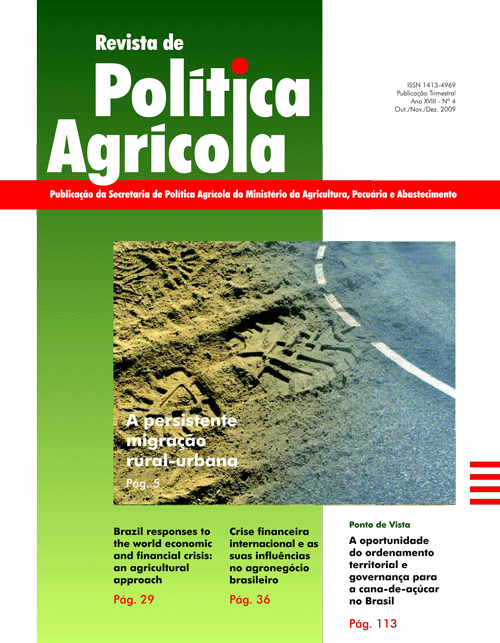Rural migration in Brazil
Keywords:
rural migration, urbanization, rural povertyAbstract
Rural migration to the cities is losing impetus in Brazil, yet it is important, except in Central West, where the size of the rural population of the region is small compared to the size of its powerful agriculture that can absorb an even greater work force. Compared to 2000, in 2007 all regions maintained their rural population with small losses. However in Central West there was increase of the rural population. In spite of the magnitude of migration towards the cities, from the forties on, the labor force of agriculture increased in the period from 1940 to 1985. Hence part of the urban population found jobs in rural areas during this period. From 1985 on rural jobs has decreased at a high rate, and the two series – rural population and labor force – had had similar behavior. The body of the paper explores why this had occurred, and emphasizes that the growth of agriculture was the most important factor behind the drastic reduction in the flow of migrants. Rural exodus increases the speed of urbanization. However in recent times the growth of urban population is less and less influenced by it. From 1991 to 2000, of the growth of the urban population about 33.1% was consequence of rural migration. From 2000 to 2007 that number significantly fall to 19.2%. Another important lesson that emerges from the study is that to keep the families living in rural areas, a police that foster agricultural and demand for food growth is more powerful than policies directly designed for that purpose.Downloads
How to Cite
Alves, E., & Marra, R. (2015). Rural migration in Brazil. Revista De Política Agrícola, 18(4), 5–17. Retrieved from https://rpa.sede.embrapa.br/RPA/article/view/387
Issue
Section
Artigos Científicos


